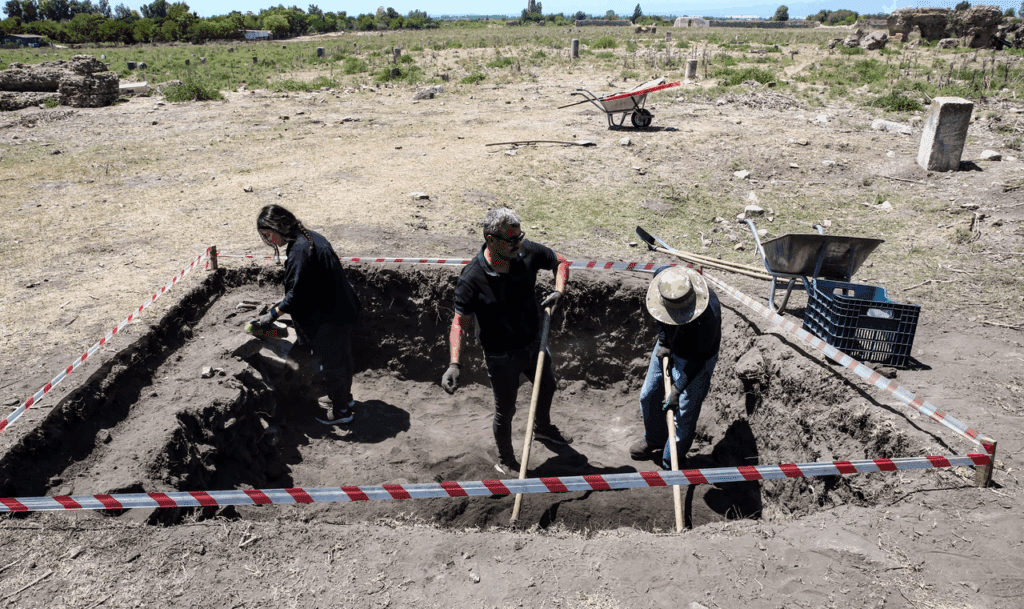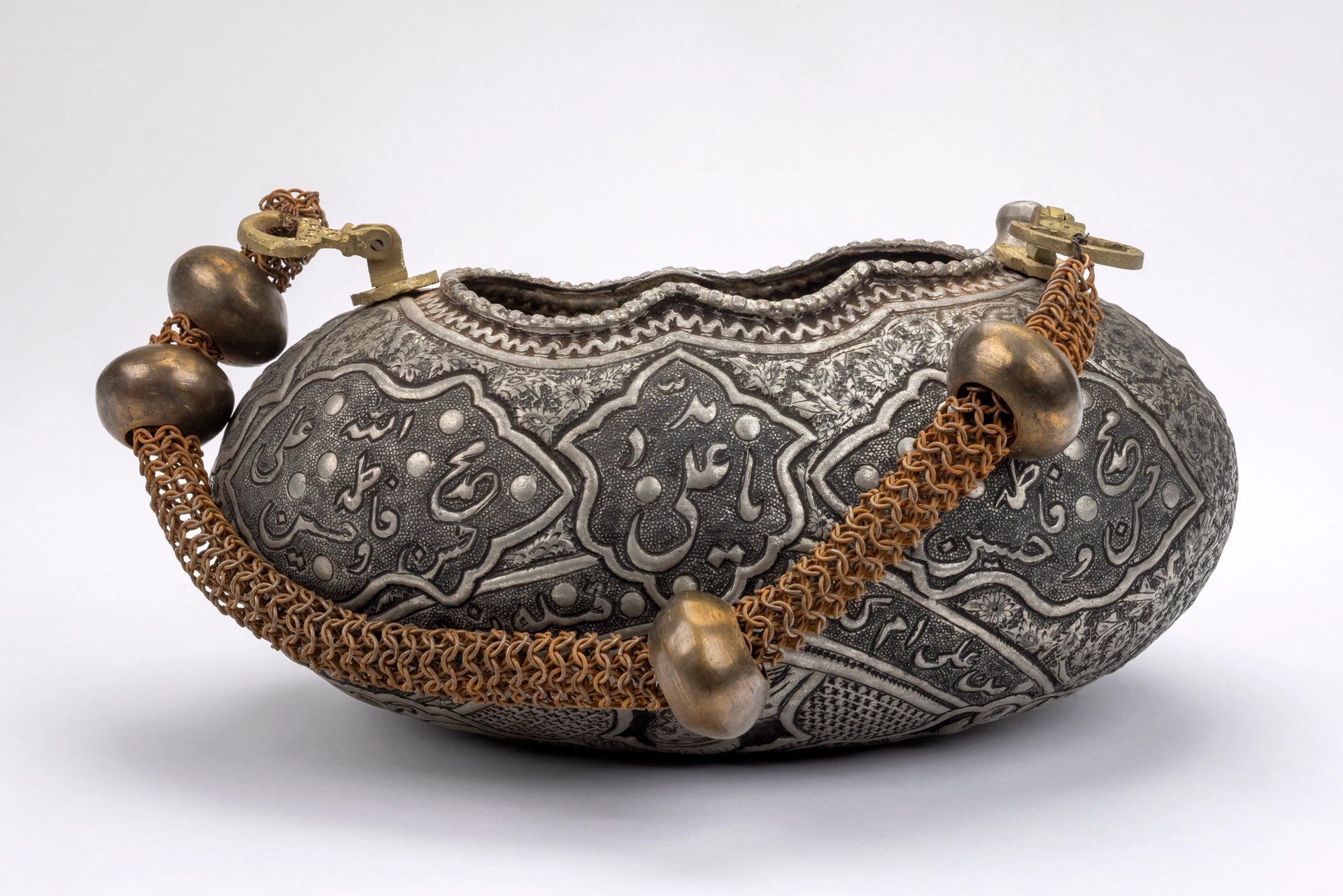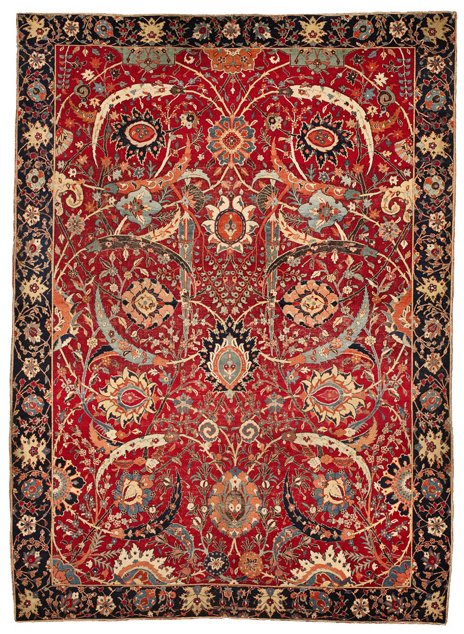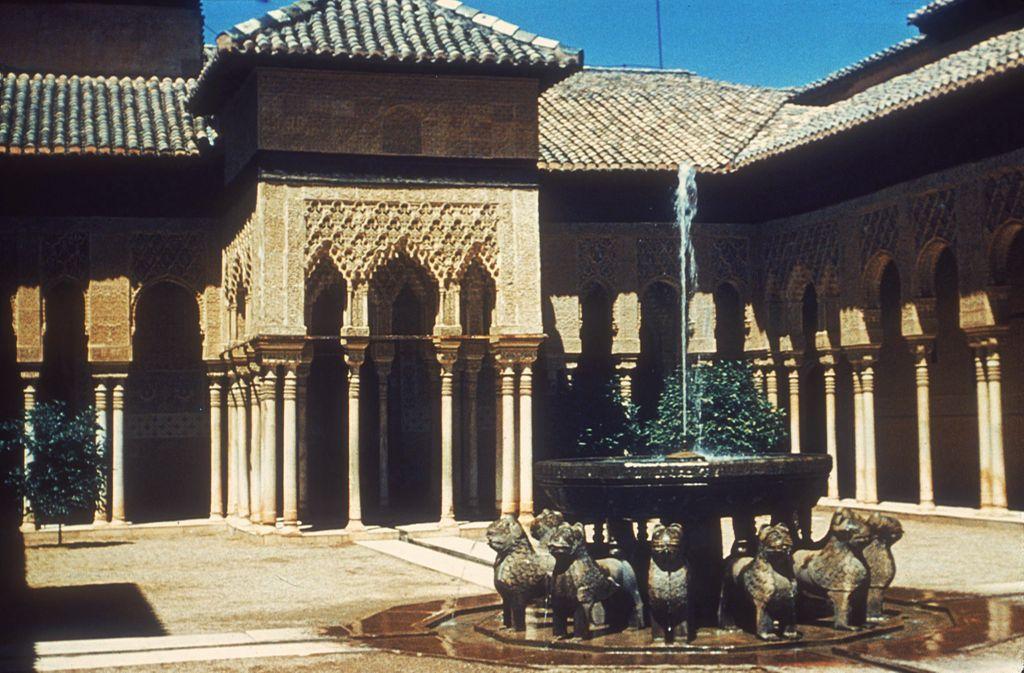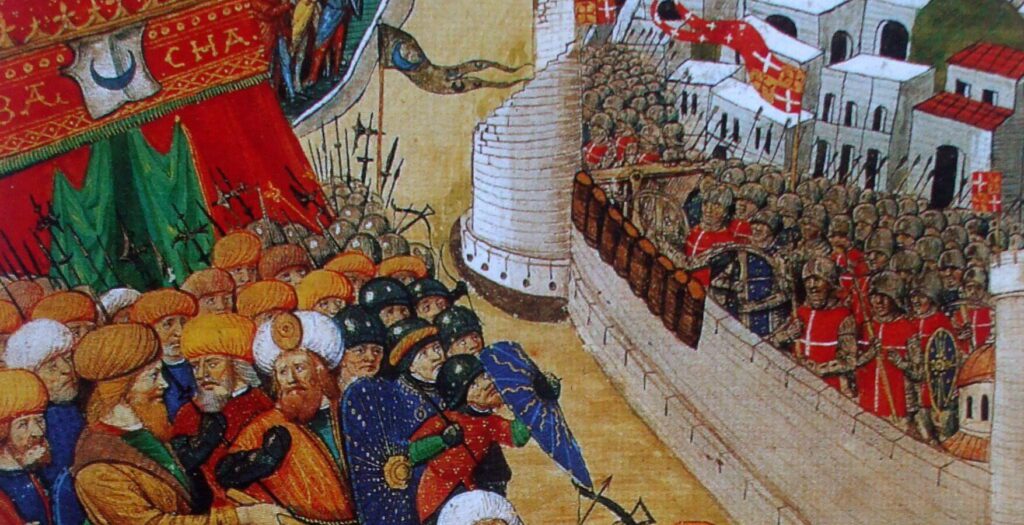Gigante’s research, published today in The Burlington Magazine, also suggests that a high-profile figure such as Pope Innocent IV—who gifted several precious textiles to the Benedictine convent church of S. Antonio in Polesine, Ferrara, where the fresco was painted—may have given such a tent.
“At first, it seemed unbelievable and just too exciting that this could be an Islamic tent,” said Dr. Gigante. “I quickly dismissed the idea and only went back to it years later with more experience and a braver attitude to research. We probably won’t find another such surviving image. I haven’t stopped looking but my guess is that it is fairly unique.
https://phys.org/news/2025-02-rediscovered-fresco-reveals-islamic-tents.html
